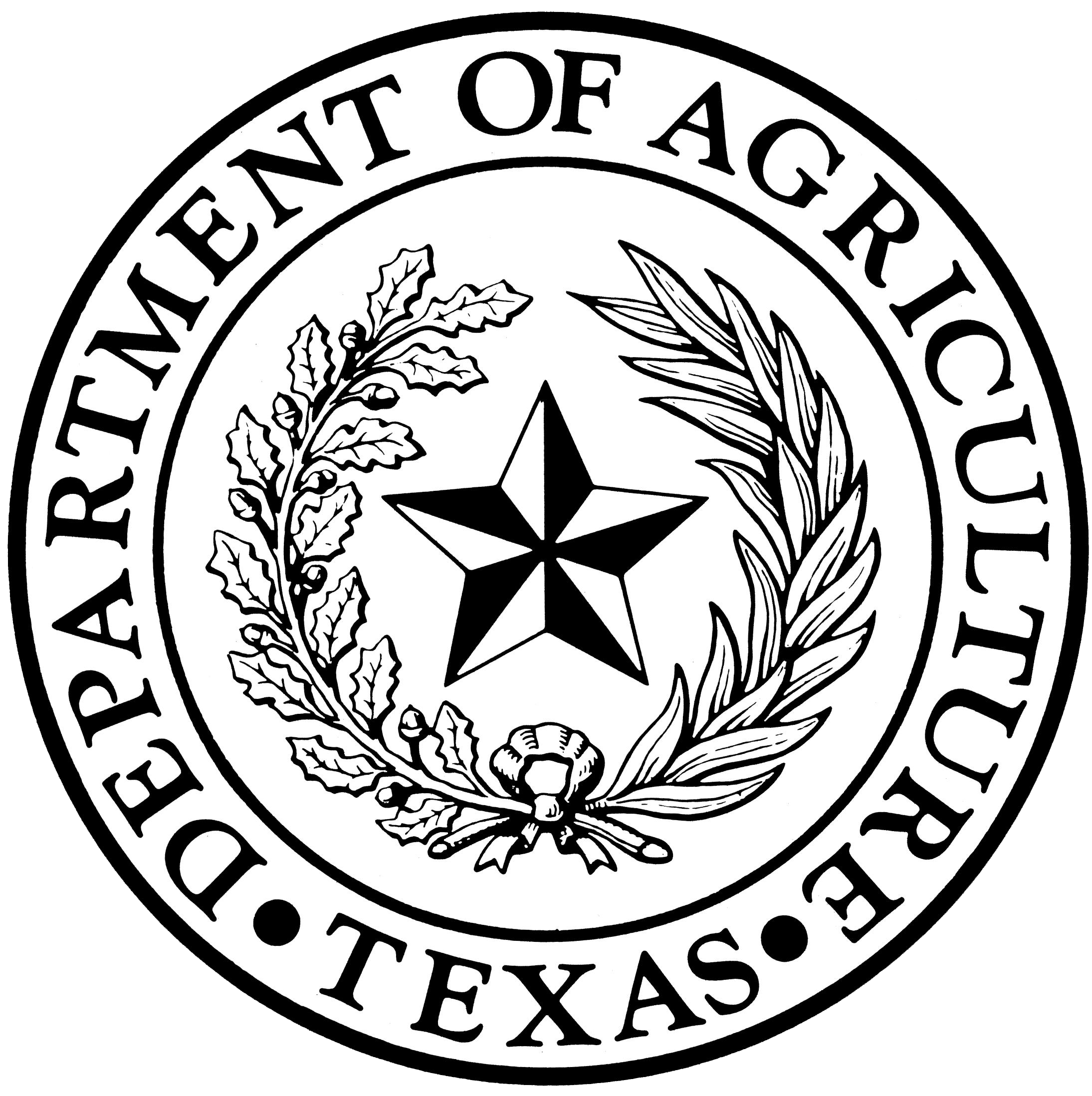The “SCOPE OF INSPECTION” of the Wood Destroying Insect Report
A. This inspection covers only the multi-family structure, primary dwelling or place of business. Sheds, detached garages, lean-tos, fences, guest houses or any other structure will not be included in this inspection report unless specifically noted in Section 5 of this report.
B. This inspection is limited to those parts of the structure(s) that are visible and accessible at the time of the inspection. Examples of inaccessible areas include but are not limited to (1) areas concealed by wall coverings, furniture, equipment and stored articles and (2) any portion of the structure in which inspection would necessitate removing or defacing any part of the structure(s) (including the surface appearance of the structure). Inspection does not cover any condition or damage which was not visible in or on the structure(s) at time of inspection but which may be revealed in the course of repair or replacement work.
C. Due to the characteristics and behavior of various wood destroying insects, it may not always be possible to determine the presence of infestation without defacing or removing parts of the structure being inspected. Previous damage to trim, wall surface, etc., is frequently repaired prior to the inspection with putty, spackling, tape or other decorative devices. Damage that has been concealed or repaired may not be visible except by defacing the surface appearance. The WDI inspecting company cannot guarantee or determine that work performed by a previous pest control company, as indicated by visual evidence of previous treatment; has rendered the pest(s) inactive.
D. If visible evidence of active or previous infestation of listed wood destroying insects is reported, it should be assumed that some degree of damage is present.
E. If visible evidence is reported, it does not imply that damage should be repaired or replaced. Inspectors of the inspection company usually are not engineers or builders qualified to give an opinion regarding the degree of structural damage. Evaluation of damage and any corrective action should be performed by a qualified expert.
F. THIS IS NOT A STRUCTURAL DAMAGE REPORT OR A WARRANTY AS TO THE ABSENCE OF WOOD DESTROYING INSECTS.
G. If termite treatment (including pesticides, baits or other methods) has been recommended, the treating company must provide a diagram of the structure(s) inspected and proposed for treatment, label of pesticides to be used and complete details of warranty (if any). At a minimum, the warranty must specify which areas of the structure(s) are covered by warranty, renewal options and approval by a certified applicator in the termite category. Information regarding treatment and any warranties should be provided by the party contracting for such services to any prospective buyers of the property. The inspecting company has no duty to provide such information to any person other than the contracting party.
H. There are a variety of termite control options offered by pest control companies. These options will vary in cost, efficacy, areas treated, warranties, treatment techniques and renewal options.
I. There are some specific guidelines as to when it is appropriate for corrective treatment to be recommended. Corrective treatment may only be recommended if (1) there is visible evidence of an active infestation in or on the structure, (2) there is visible evidence of a previous infestation with no evidence of a prior treatment.
J. If treatment is recommended based solely on the presence of conducive conditions, a preventive treatment or correction of conducive conditions may be recommended. The buyer and seller should be aware that there may be a variety of different strategies to correct the conducive condition(s). These corrective measures can vary greatly in cost and effectiveness and may or may not require the services of a licensed pest control operator. There may be instances where the inspector will recommend correction of the conducive conditions by either mechanical alteration or cultural changes. Mechanical alteration may be in some instances the most economical method to correct conducive conditions. If this inspection report recommends any type of treatment and you have any questions about this, you may contact the inspector involved, another licensed pest control operator for a second opinion, and/or the Structural Pest Control Service of the Texas Department of Agriculture.
Why WDI PRO
✔ Reports Delivered within 24 hours
✔ HUD NPMA-33 Form Available
✔ Experienced Treatment Provider
✔ Affordable Termite Protection Plans
✔ Licensed by the Department of Agriculture TDA# 0801793

